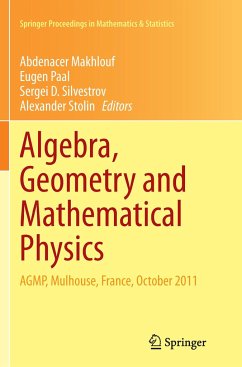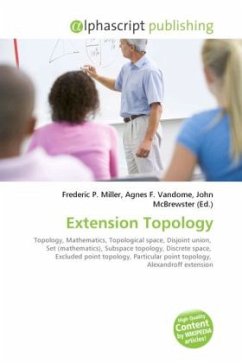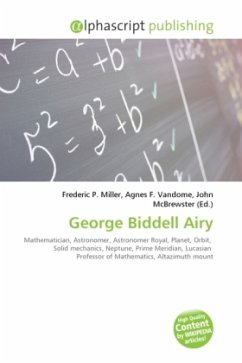
Connection Form
Versandkostenfrei!
Versandfertig in 6-10 Tagen
39,99 €
inkl. MwSt.

PAYBACK Punkte
20 °P sammeln!
High Quality Content by WIKIPEDIA articles! In mathematics, and specifically differential geometry, a connection form is a manner of organizing the data of a connection using the language of moving frames and differential forms. Historically, connection forms were introduced by Élie Cartan in the first half of the 20th century as part of, and one of the principal motivations for, his method of moving frames. The connection form generally depends on a choice of frame, and so is not a tensorial object. Various generalizations and reinterpretations of the connection form were formulated subseque...
High Quality Content by WIKIPEDIA articles! In mathematics, and specifically differential geometry, a connection form is a manner of organizing the data of a connection using the language of moving frames and differential forms. Historically, connection forms were introduced by Élie Cartan in the first half of the 20th century as part of, and one of the principal motivations for, his method of moving frames. The connection form generally depends on a choice of frame, and so is not a tensorial object. Various generalizations and reinterpretations of the connection form were formulated subsequent to Cartan's initial work. In particular, on a principal bundle, a principal connection is a natural reinterpretation of the connection form as a tensorial object. On the other hand, the connection form has the advantage that it is a differential form defined on the differentiable manifold, rather than on an abstract principal bundle over it. Hence, despite their lack of tensoriality, connection forms continue to be used because of the relative ease of performing calculations with them. In physics, connection forms are also used broadly in the context of gauge theory, through the gauge covariant derivative.












